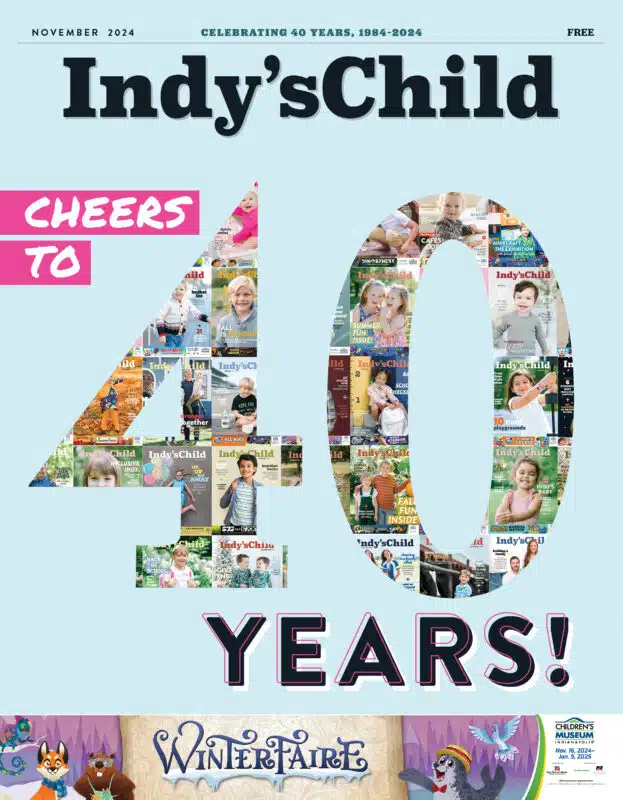Once upon a time in Indianapolis, a buzz of excitement filled the air. The talk of the town and of the entire scientific world was the upcoming total eclipse of the sun on April 8, 2024. Indianapolis was right in the path of totality and families were gearing up for an astronomical experience of a lifetime.
As the big day approached, parents gathered their little ones and shared a crucial piece of advice — never look directly at the sun, as it could severely hurt their eyes. Luckily, protective safety glasses would be handed out at various locations throughout Indianapolis, ensuring a safe and spectacular view of the eclipse at the designated time.
For families eager to prepare for this celestial event, The Children’s Museum of Indianapolis emerged as the go-to destination for the weekend leading up to the eclipse. The museum was not just a place to witness the eclipse on Monday, but also a hub of knowledge and fun activities leading up to the big day.
NASA scientists were set to visit on Saturday and Sunday, April 6 and 7, 2024 with the excitement of the actual eclipse on Monday. Helio physics experts and space telescope gurus were lined up to lead presentations on April 6 and 7, delving into the study of the sun and its cosmic relationships.
Come Monday, April 8, The Children’s Museum was hosting an Eclipse Extravaganza, a public event day filled with giveaways while supplies last, eclipse-themed activities and an outdoor space in the Riley Children’s Health Sports Legends Experience® for families to marvel at the solar eclipse. Safety glasses, essential for a protected view, would be part of the giveaways and visitors were advised to purchase tickets in advance and to have a back-up plan for that Monday as limited space was expected.
The Art Activity Station at the museum offered eclipse-themed activities and shadow art, engaging young minds while emphasizing the scientific concepts behind the eclipse. Meanwhile, the Humanities Activity Station presented “Stories in the Sky,” an activity station exploring mythological explanations for eclipses across cultures, weaving in the fascinating science behind these celestial occurrences.
In the STEMLab, within Corteva Agriscience ScienceWorks, a special program called “Shadows of the Moon” would run continuously during the weeks leading up to the eclipse, guiding visitors through the differences between the moon’s phases, solar and lunar eclipses, and the seasons based on Earth’s tilt.
Families could explore these literary wonders and receive recommendations for further reading.
Volunteers from the Indiana Astronomical Society would set up an activity station, allowing curious minds to peer through telescopes, learn about different types and discover the wonders of the universe.
As families prepared for the celestial spectacle, The Children’s Museum of Indianapolis stood as a beacon of knowledge, adventure and family fun, making the eclipse a magical experience for everyone who came to see it.








